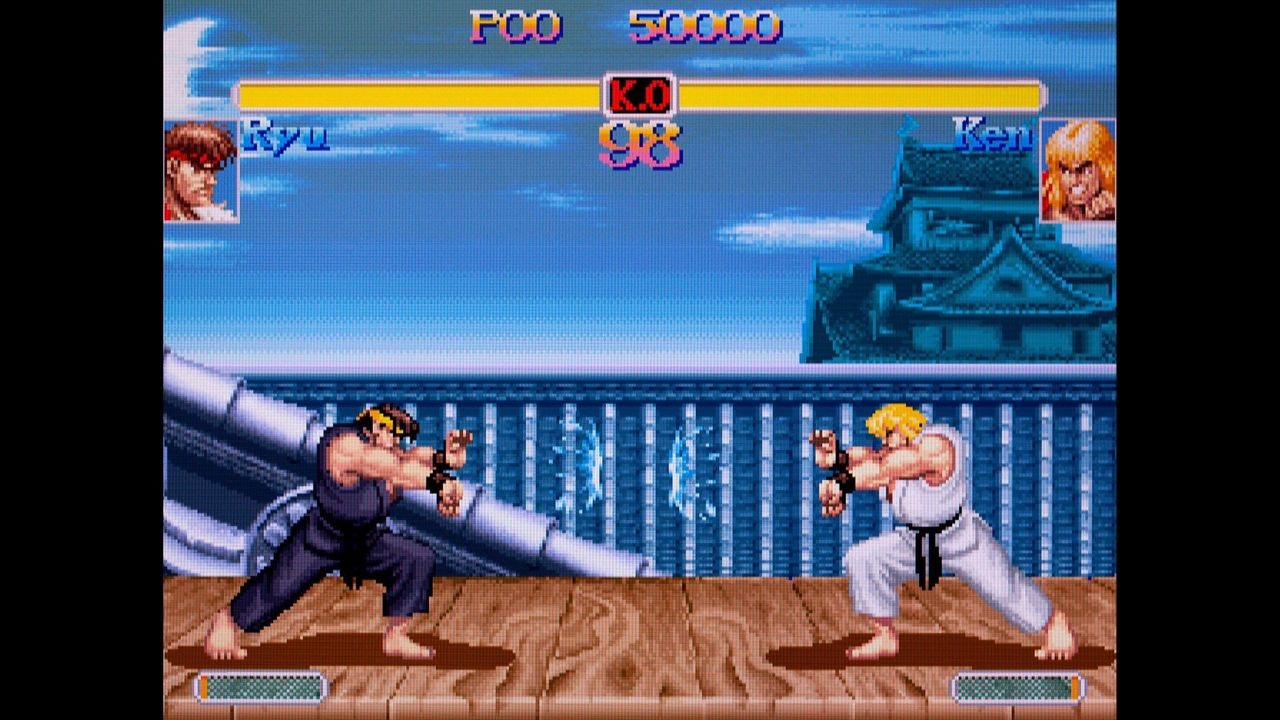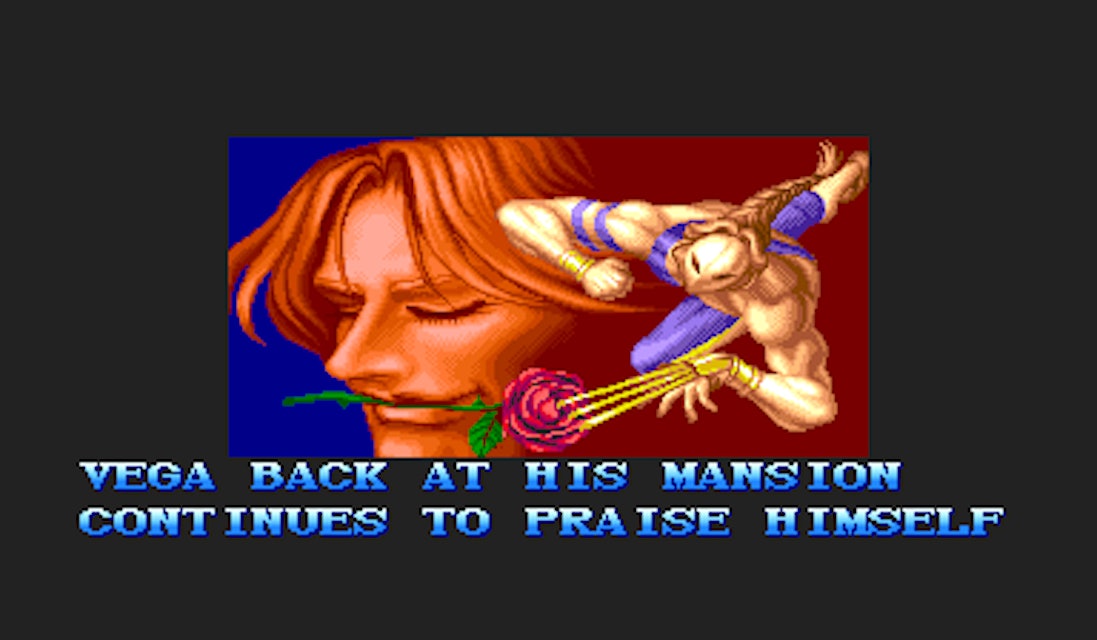
In the 1980s, video games had to go out into the public and compete with each other, head-to-head. The arcade experience had a democratic element to it, with gamers free to play whichever game they wanted. But throughout the decade, the quality of that experience declined, at times radically. Yoshiki Okamoto, the head of arcade development at Capcom Japan, told Polygon that by 1989, “people at arcades weren't happy.”
The problem was that even in games of high quality, they would end too quickly for all but the most dedicated player. And since each play had a cost, it made less and less economic sense for consumers. “If it doesn't last very long, then developers are happy and arcade operators are happy, but players aren't happy,” Okamoto said.

There were a few options available to developers. One was to go high-end, creating more expensive games with cutting-edge technology, but those game cabinets would present a strain on the physical space of the arcade. So if they couldn’t radically change the arcade, they could alter what players did inside them. “If two people played at once ... operators would get twice the money,” Okamoto says the team realized.
That breakthrough, competitive multiplayer, was the start of several innovations that led to the most successful game of all time to that point, Street Fighter II.
The Special Champion Edition, which was released on the Sega Genesis in 1993, is available right now if you’ve subscribed to Nintendo Switch Online + Expansion Pack.
Street Fighter 2 took the name of its failed predecessor and radically changed how people imagined video games. It offered six buttons for moves, which sparked some internal worry that newcomers would find it too complicated. But developers pushed back against a request to limit the game to a mere “punch” and “kick” button, confident that players would figure it out. They did, becoming just as competitive as the game cabinets they were surrounded by.
SF2’s port to consoles was a saga in itself, documented in detail in Polygon’s oral history of the game. The Special Champion Edition was released to compete with the upcoming Mortal Kombat and included the game’s villains like M. Bison and Vega as playable characters. As much as Super Mario Brothers, SF2 had crafted clearly defined heroes and villains, giving each of them a mystique of their own.
I distinctly remember thinking Vega’s claw was the coolest thing imaginable as a kid.

It’s interesting to note that at the time, Capcom was nervous about Mortal Kombat because its enhanced realism would make SF2 look cartoony. It is cartoony, but of the two games, SF2 feels more realistic today. Yes, it has superpowers, but fighting requires caution and patience. Only fools rush in, SF2 teaches players. Waiting out an enemy’s attacks is just as, if not more, effective than going for special movies.
Like 1980s wrestling, SF2 created bold characters out of stereotypes. Ken and Ryu are poster-boy heroes who call back to Double Dragon, Zangief is a Soviet giant, Chun-Li dresses in traditional and skimpy Chinese attire designed to show off her muscular thighs, Dhalsim stretches his body through the power of yoga. A planner for Capcom, Akira Nishitani, recalls in the oral history that programmers and artists assigned to each character were competing against each other to design increasingly more outrageous characters.
“Initially, Dhalsim's arms and legs didn't stretch as long as they ended up in the final game,” Nishitani says. “But everybody wanted to make their character better than the others, so his arms and legs just kept getting longer and longer.”
SF2 wasn’t a perfect game, as its developers would discover on their journey to the height of gaming. It was filled with bugs, characters weren’t balanced, and so on. But the game painted the world in bright colors and demanded that players face each other.
Video games would never be the same.







